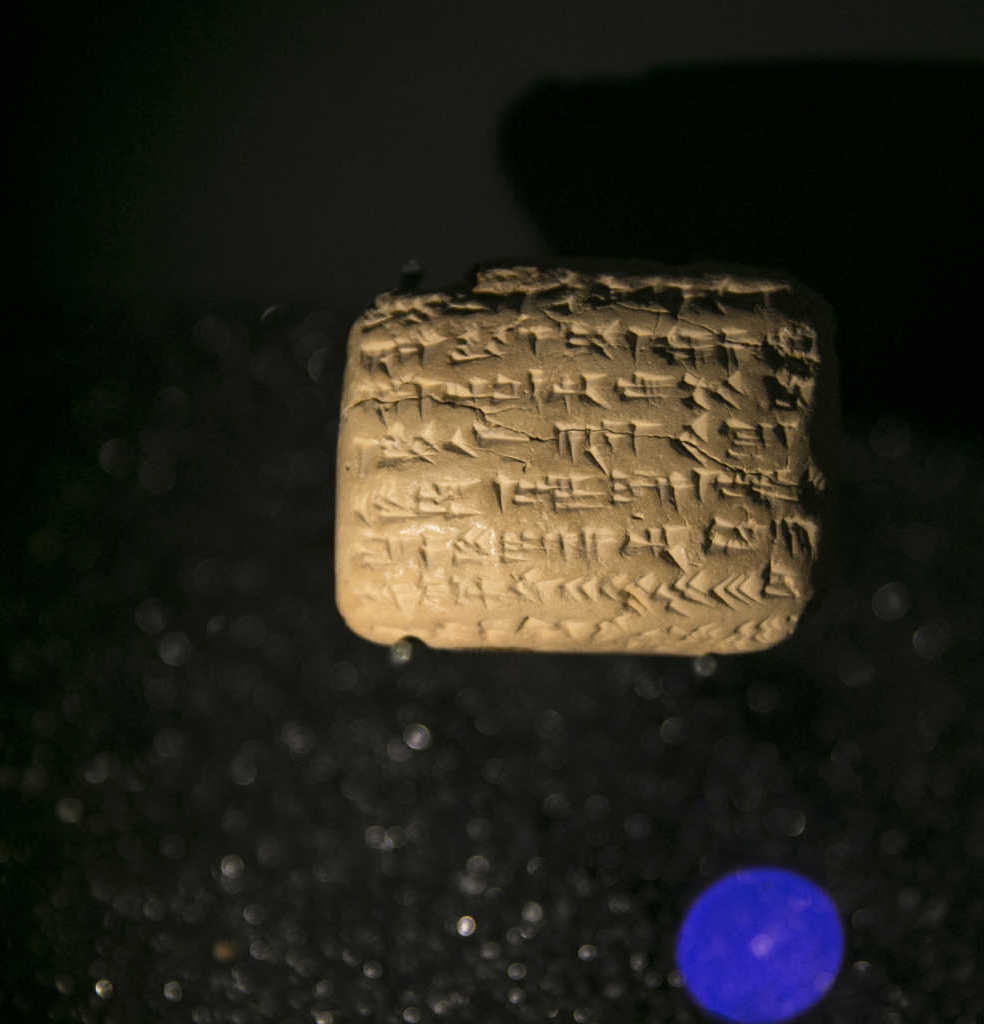Historic reveal: Ancient tablets tell of life of Jews in ancient Babylon
A new exhibition of ancient clay tablets discovered in modern-day Iraq is shedding light for the first time on the daily life of Jews exiled to Babylon some 2,500 years ago. The discovery is a remarkable confirmation of the historical reliability of the Biblical text. About 100 cuneiform tablets, each no bigger than an adult’s palm, detail transactions and contracts between Judeans driven from, or convinced to move from, Jerusalem by King Nebuchadnezzar around 600 BC. Archaeologists got their first chance to see the tablets barely two years ago.
We started reading the tablets and within minutes we were absolutely stunned. It fills in a critical gap in understanding of what was going on in the life of Judeans in Babylonia.
Filip Vukosavovic, an expert in ancient Babylonia, Sumeria and Assyria who curated the exhibition at Jerusalem’s Bible Lands Museum
Vukosavovic describes the tablets as completing a 2,500-year puzzle. While many Judeans returned to Jerusalem when the Babylonians allowed it after 539 BC, many others stayed and built up a vibrant Jewish community that lasted two millennia.

Science Jews tablets